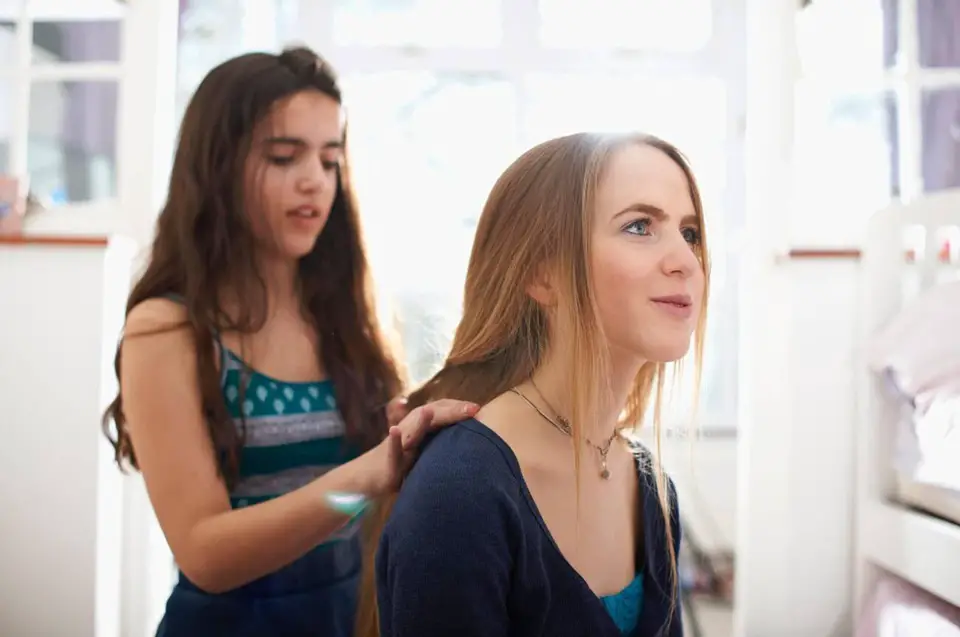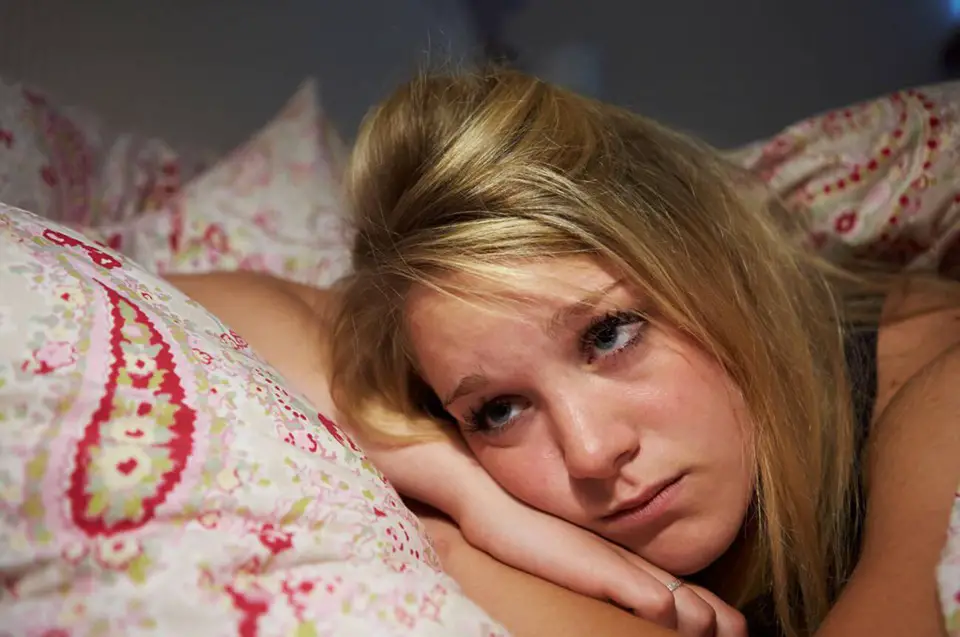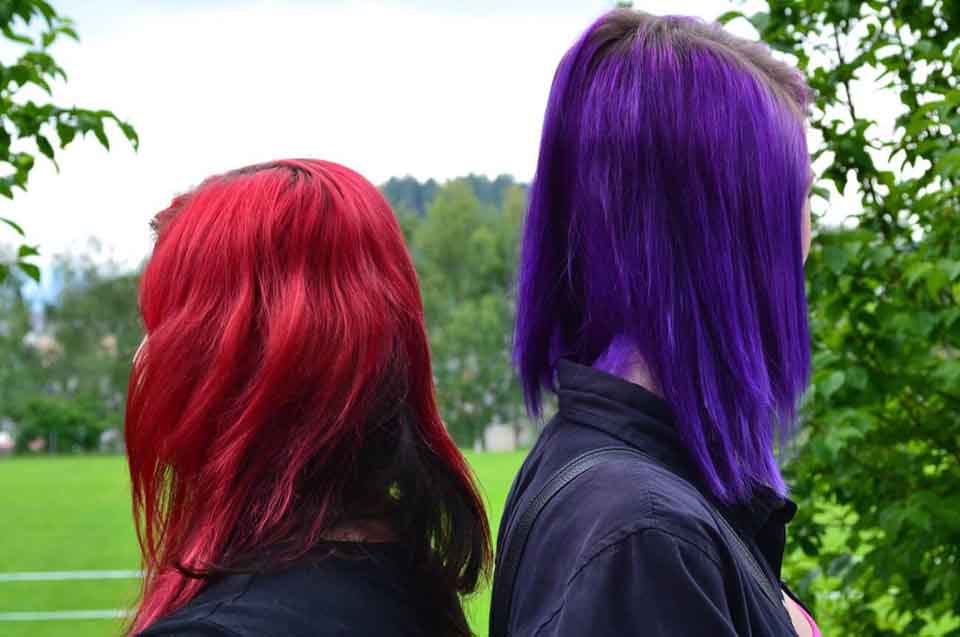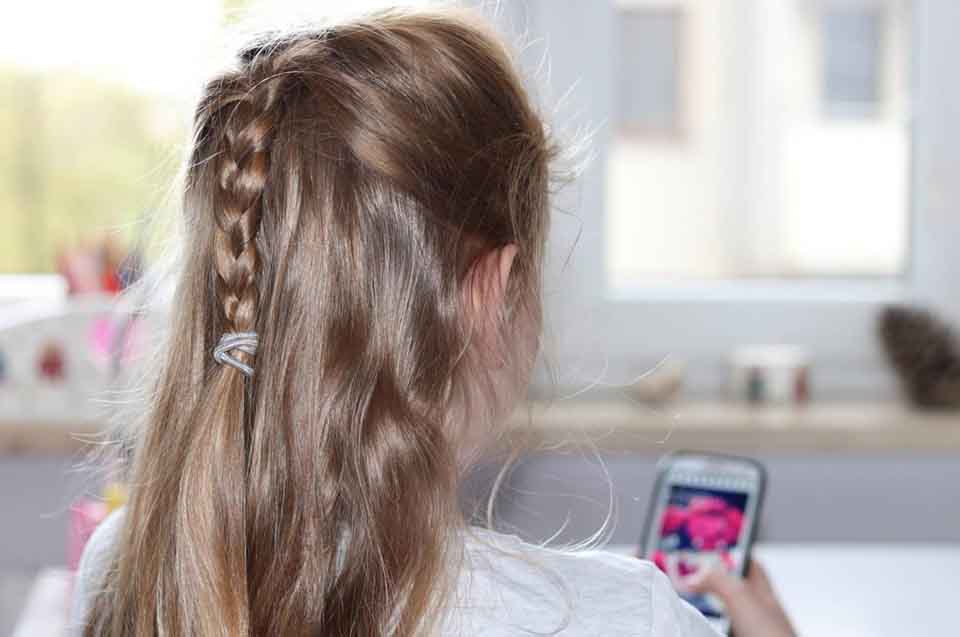How to Combat Thinning Hair as a Teenager

It’s every young woman’s worst nightmare: you find more and more hair in your brush, but your hair isn’t growing back fast enough. It’s not like you’re going to go completely bald, but it’s still distressing to see some of your natural beauty fall away strand by strand. So what are the causes? What can you do to stop it from happening? That’s what I’m here to tell you today. Just keep that head on your shoulders, relax, and I’ll tell you how to regain your natural beauty.
The Signs and Causes

The causes for hair loss in both girls and boys can be vastly different, so you should know what to look for to catch it early. If your scalp is itchy or flaky, it might be dandruff or a skin condition, both of which can cause hair loss. If your regrown hair is thinner and shorter than usual, it’s a sign your hair as a whole is thinning, and you should take a look at what you can do to spare yourself a trip to a dermatologist. If you’re a woman, you should know that the causes can be:
- A bad diet. If you’re not getting the nutrition you need for your body to be strong and healthy, you’re only hurting yourself. It’s not just eating junk food, though. Eating disorders, unfortunately, are all too common, and it’s common for women with them to start losing hair. It can also come from fairly strict diets, like keto. It’s important to go get your vitamins in, or else you could go through more health problems.
- Medicines and drugs. Some medicines, unfortunately, have that side effect. You should take a look at your medication to see if hair loss could be a side effect. It can also happen from medication withdrawal, as well. Illegal drug usage, though, is guaranteed to cause a few beauty problems, as there’s no telling what’s in those.
- Imbalance in hormones. This is a big one. Puberty, especially, can cause a giant shift in your hormones. This may result in hair loss, but eventually, as your body adjusts, things should go back to normal.
- Overuse of hair products and styling. Many hair products might have chemicals you’re allergic to or have adverse effects on hair in general. Products such as hair dye have ammonia in their formula, which can damage your hair greatly. You should check your hair products to see if there might be any problems concerning hair loss.
- Environmental and natural conditions. Too much sunlight and lack of moisture in the body are big causes of thinning hair, but it can also be a medical condition, such as alopecia or untreated ringworm of the scalp.
Prevention

- Not everyone’s hair and skin is the same, which is why hair products tend to cater to different people. Hair products that would work on tight, coily hair doesn’t necessarily work for straight hair. Make sure you know what’s right for you when you buy your hair products.
- When washing your hair, often use a mild shampoo. Save any of the fancy stuff until the thinning hair has been resolved or for special times. After a shower, don’t brush your hair. Your hair is rather fragile when wet and can break fairly easily if you’re too rough with a brush.
- If you’re not the healthiest eater, then you should try to keep your diet balanced with protein, vegetables, and fruits.
- Stay hydrated. Drink your water, people.
- This might be controversial, but stay away from straighteners, hair dyes, and hair dryers, as their heat can greatly damage hair. You can try it again once your hair is back under control, but for now, best let it air dry.
- Try to keep the stress away. Easier said than done, but you should be getting at least eight hours of sleep a night.
If, for some reason, you believe that these precautions aren’t working for you, I implore that you see a healthcare professional in that case.
Treatments

When it comes to treatment, you need to see a dermatologist about it; not only because you need to know what the exact cause is, but also because not all treatments are suitable for teenagers. You also need to take some of these treatments into consideration, as some can be pretty pricey.
With that out of the way, here are some treatments available to you:
- Contraceptives. Specifically the oral kind. Believe it or not, birth control is sometimes prescribed to treat hair loss, but only when it’s due to hormonal imbalances. Your body is rapidly changing, and birth control pills can help keep things steady.
- Minoxidil. This is a drug used to promote hair growth that you can buy OTC. It’s a topical cream or foam that you rub in, but it can cause hair growth in other areas as well if you let it come into contact with skin that’s not your scalp. Make sure to follow the directions for best results.
- Low-level laser therapy. This is for hair loss caused by medical or hereditary conditions. While it’s safe to use for women and is said to improve the fullness of your hair, it’s a pretty new science. Not only is there really any evidence to support that it truly works, other than anecdotal evidence, it also may not have a long-term impact.
- Platelet-rich plasma. This is a therapeutic treatment for hair growth. This is a scientifically backed treatment that has been proven safe time after time. How it essentially works is that you give a blood sample, and through a centrifuge, the plasma and the platelets are separated and are then given growth factors that are rich with protein. The mixture, through tiny needles, is injected back into the scalp to revitalize some dormant stem cells. It allows your hair to grow back at a normal, steady rate. It’s completely non-invasive and relatively painless. However, you need to be at least 18 in order to receive this treatment.
